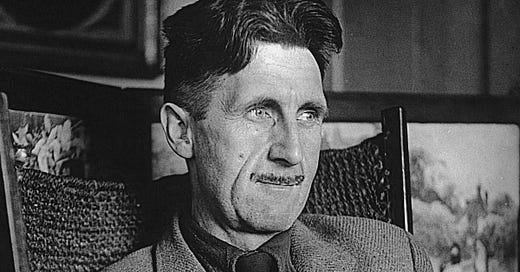Albert Einstein, Steve Jobs, and Nikola Tesla explain the chaos of curiosity and invention
Some of the best minds in history agreed on the how to master the creative process.
It isn’t just creative people who recognize the difficulty of creation.
Everyone recognizes it, even if they don’t think about it. If creative projects were easy, everyone would create.
We can blame the second law of thermodynamics for the challenge: entropy increases over time. Everything, if left on its own, will tilt toward disorder, forever. Creation involves a process of taking that disorder and turning that into something coherent.
The best creatives not only make something other people can understand, but they convey a message that people already knew but didn’t know they knew. “Invention...does not consist in creating out of void, but out of chaos,” said Frankenstein author Mary Shelley. That chaos is difficult to wrangle. Combining disparate ideas into a cohesive line of thinking takes a great deal of effort.
The creative process can be improved upon if one’s reservoir of influences is deep — books and films, myth and reality. The more resources you can draw inspiration from, the more dynamic and pointed your creations become, and the sharper your instincts become.
Albert Einstein described this as “combinatory play.” In Ideas and Opinions, he describes the importance of interdisciplinary knowledge for creativity. Innovation and original ideas stem from a diverse array of readings, wisdom, and intuition. Einstein writes that combinatory play “seems to be the essential feature in productive thought.”
The interplay of knowledge from different fields can seem random. But the disjointed nature of this is the conduit for original thought. A broad base of unrelated information can allow you to see things in a way that a more focused perspective may not allow.
The late Steve Jobs thought of creativity as a process of random connections:
When you ask creative people how they did something, they feel a little guilty because they didn’t really do it, they just saw something. It seemed obvious after a while. That’s because they were able to connect experiences they’ve had and synthesize new things. And the reason they were able to do that was that they’ve had more experiences or they have thought more about their experiences than other people.
Creativity is a matter of connecting the dots; creating a web of knowledge and seeing what relates to what.
Jobs, in a 2005 Stanford commencement address, advocates for learning things regardless of practical benefit. At the moment, certain information may seem useless. But over time, they compound and can add to your web.
Jobs describes taking calligraphy classes in school, just out of curiosity. Then, during his career, these classes informed his decisions at Apple on design and subtleties of fonts.
“Much of what I stumbled into by following my curiosity and intuition turned out to be priceless later on,” Jobs said. He continued:
You can’t connect the dots looking forward; you can only connect them looking backwards. So you have to trust that the dots will somehow connect in your future...this approach has never let me down, and it has made all the difference in my life.
Other big thinkers have arrived at the same conclusion as Jobs and Einstein. T.S. Eliot said good poetry is a result of fragmentary thoughts turning into beautiful ideas. In describing his invention process, Nikola Tesla writes in My Inventions that human instinct transcends knowledge.
Haphazard curiosity fuels creativity. It facilitates the potential to rearrange a puzzle in a way that doesn’t ordinarily work. To return to Mary Shelley — she wrote extensively on her writing process, and touches upon where creativity comes from. She writes:
[Invention] can give form to dark, shapeless substances…[it] consists in the capacity of seizing on the capabilities of a subject, and in the power of moulding and fashioning ideas suggested to it.
Some of the brightest minds in history all point to the same experience: Random, unusual and seemingly unrelated blocks of knowledge can be used to construct something great — and it can happen instinctually, without the creator knowing it’s going to happen.










